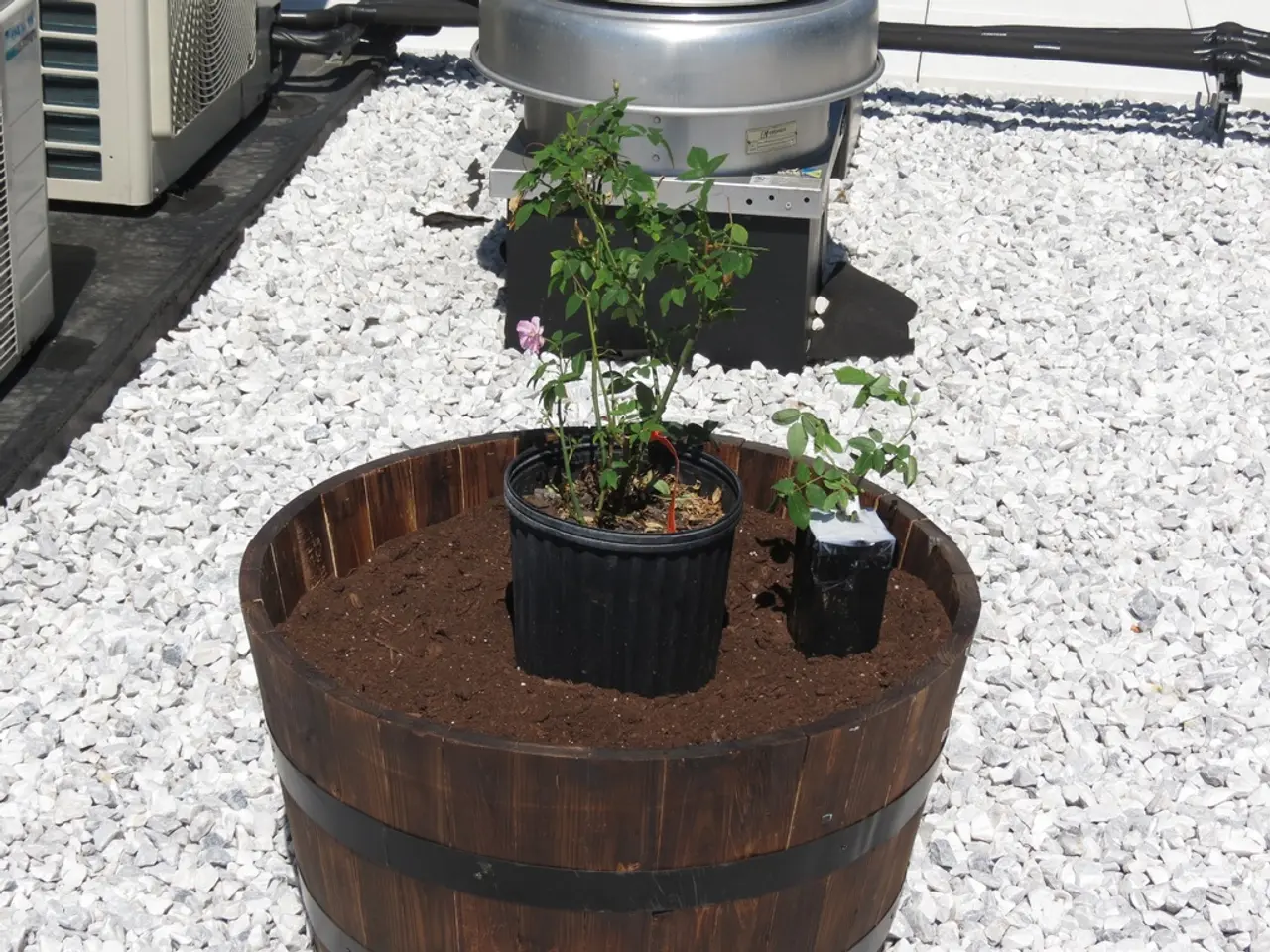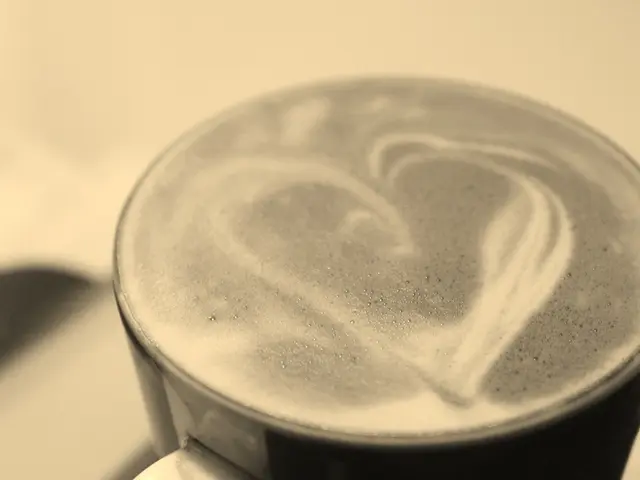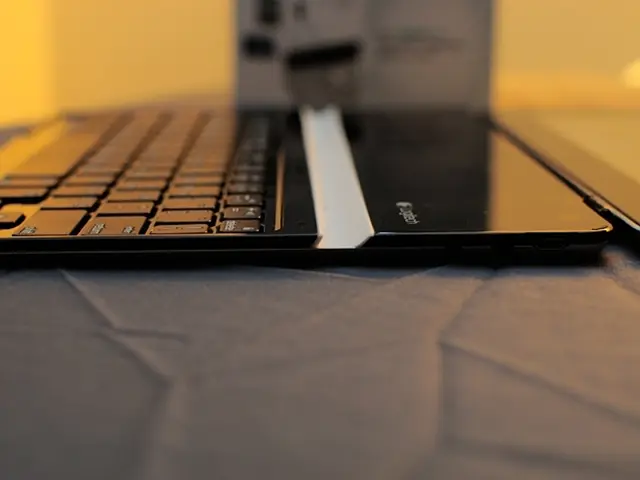Biodiverse Mix of Isopods and Springtails for a Lively Terrestrial Ecosystem
For those who are interested in setting up a tropical terrarium, two creatures that you might want to consider are Tropical White Springtails and various species of isopods. Both of these organisms thrive in higher temperatures and can be beneficial additions to your terrarium.
The Role of Isopods
Isopods, often known as pill bugs or woodlice, are primarily decomposers and soil engineers. They consume feces, decaying plant matter, and feeder insects, breaking these down into nutrient-rich organic matter that fertilizes the substrate. Their burrowing behavior aerates the soil, prevents waterlogging, and enhances plant root health.
Isopods also prey on pest eggs, like mites, helping to control unwanted populations while coexisting peacefully with other terrarium inhabitants.
The Role of Springtails
Springtails, on the other hand, specialize in consuming molds, fungi, decaying plant material, and waste. They thrive in moist, organic-rich microhabitats and quickly form colonies that maintain substrate hygiene. Springtails reproduce rapidly and serve as a live micro-prey food source for tiny invertebrates and amphibians, further integrating into the terrarium food web.
Springtails are particularly useful in terrariums because they eat mold, helping to keep mold outbreaks under control. They also eat isopod frass, further spreading fertilizing goodness to plants.
A Synergistic Relationship
Together, isopods and springtails cover different niches within the detritus breakdown process. Springtails primarily manage mold and fungi, while isopods break down larger organic debris and improve soil structure. Their combined presence leads to efficient decomposition, nutrient cycling, and waste reduction, minimizing the need for manual cleaning or substrate changes.
This synergy contributes significantly to maintaining balanced humidity, optimal soil conditions, and overall ecosystem health in bioactive setups.
Getting Started
Most isopod cultures come in a small container with isopod substrate or simple substrate material. Springtail cultures often come with charcoal instead, which can be added to the terrarium or rinsed off before adding the springtails.
For more help on the springtail front, the article provides guides on how to culture springtails and what springtails eat. The Isopod Superfood Blend is also recommended for nutrient-packed food for isopods.
Cork bark is recommended as a hiding place and food source for isopods and springtails. It can be purchased on the platform store.
The article encourages readers to share their experiences with using isopods and springtails in terrariums and their favorite species combinations. Supplementary springtail and isopod food is recommended for new terrariums to help get the creatures settled.
For those who are new to isopods, the article suggests checking out "What is an Isopod?" for beginners. A buying guide for the many types of isopods for sale is also provided.
In summary, the advantages and properties that make isopods and springtails a great combination include:
- Efficient breakdown and recycling of organic waste and mold prevention
- Soil aeration and nutrient distribution improving plant health
- Pest control and coexistence with other terrarium species
- Fast reproduction ensuring population stability
- Serving as supplemental live food for small terrarium inhabitants.
By incorporating isopods and springtails into your terrarium, you can create a self-sustaining ecosystem that promotes a healthy environment for your plants and other inhabitants.
- Springtails in terrariums, such as Tropical White Springtails, are beneficial additions to the ecosystem due to their ability to eat mold and help maintain hygiene in the substrate.
- Isopods, often known as pill bugs or woodlice, play a crucial role in the health-and-wellness and environmental-science aspects of terrariums by decomposing organic matter, aerating soil, and aiding in pest control.
- For those interested in lifestyle and home-and-garden matters, incorporating springtails and isopods in their terrariums can lead to the creation of a self-sustaining ecosystem that promotes a healthy environment for plants and pets.
- The fitness-and-exercise implications of using springtails and isopods in terrariums lie in their contributions to the soil's structure, nutrient cycling, and waste reduction, which minimize the need for manual intervention.




